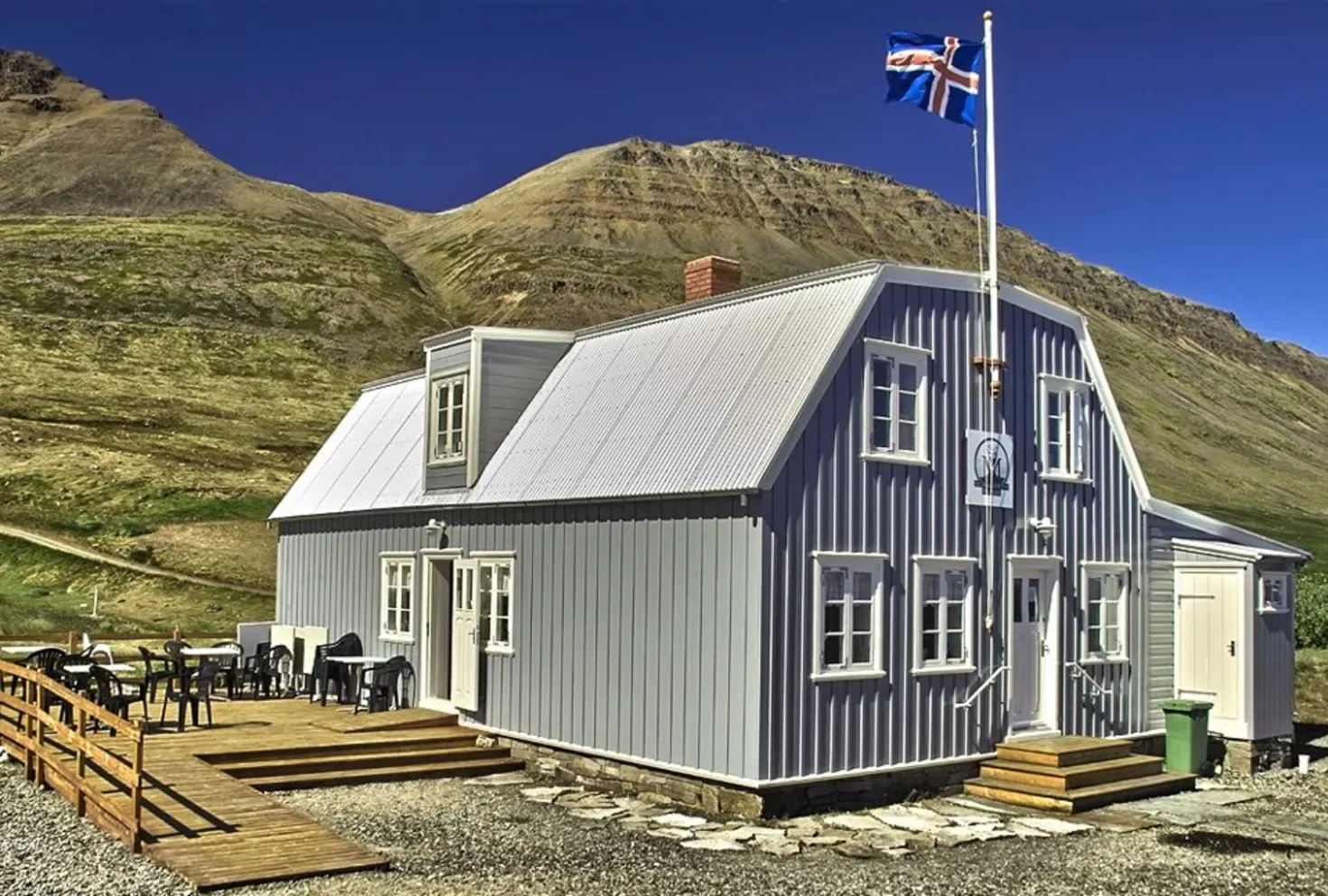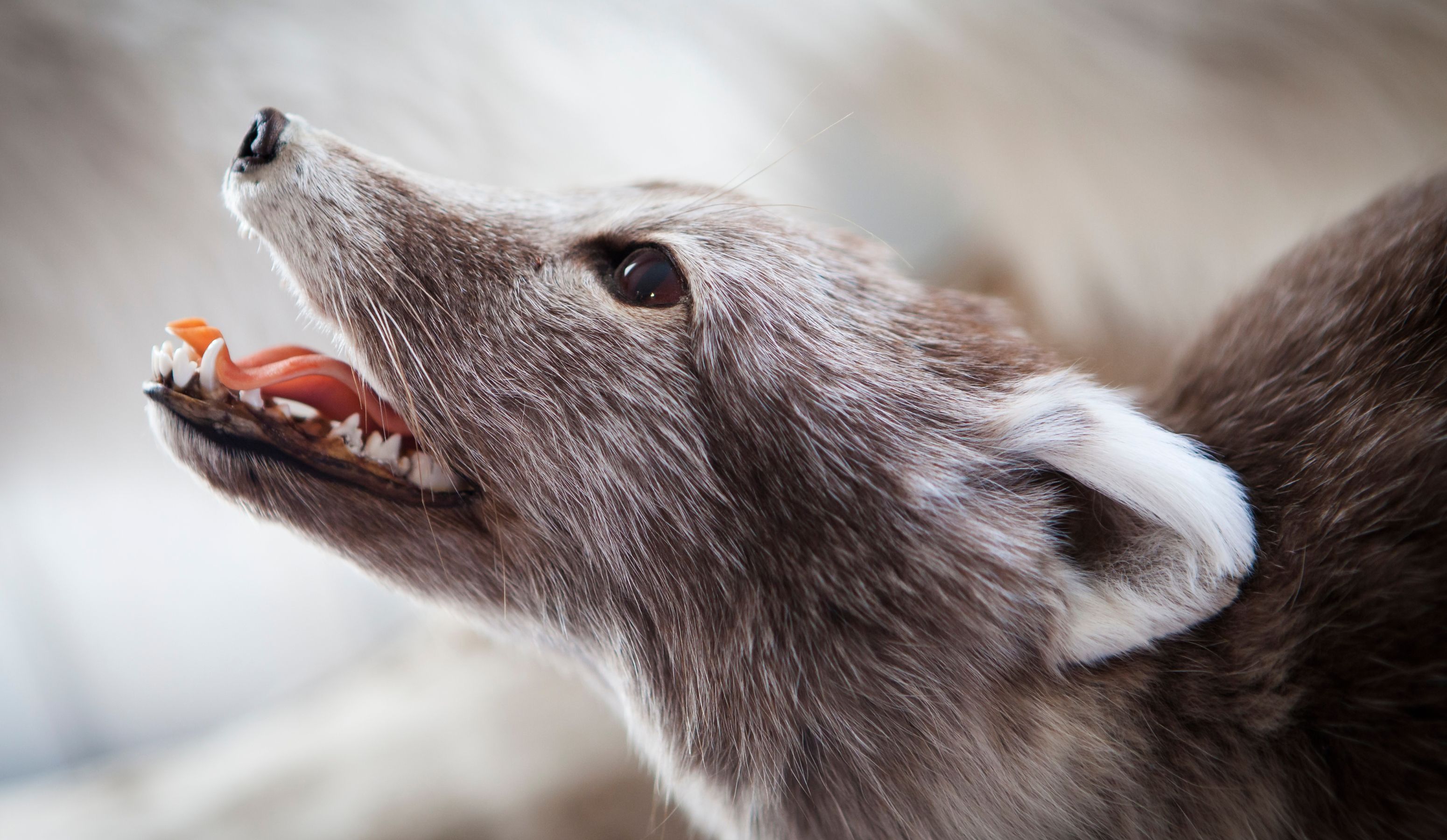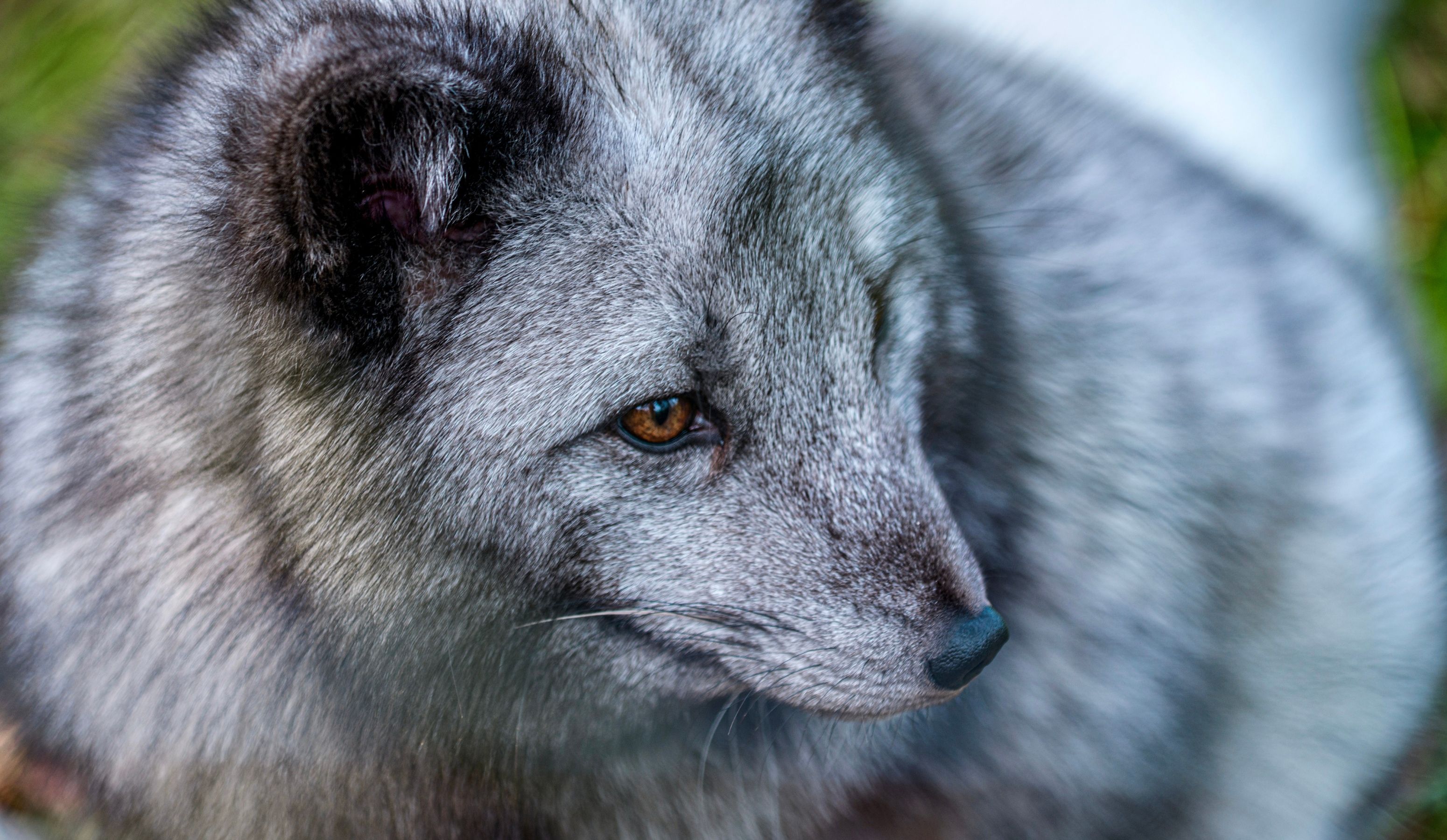
Activities
Arctic Fox Wildlife in Iceland: A Look at Conservation Efforts with The Arctic Fox Center
Iceland, a land known for its dramatic landscapes and unique wildlife, is home to the Arctic fox (Vulpes lagopus), the only native terrestrial mammal on the island. These resilient creatures have survived the harsh Icelandic climate for centuries. Today, efforts to preserve and understand this fascinating species are spearheaded by The Arctic Fox Centre, a non-profit research and exhibition centre located in Suðavik, Westfjords.
The Arctic Fox Centre: A Beacon of Conservation
Origins and Mission
The Arctic Fox Centre was established on September 15th, 2007, by 42 founders, including local residents, tourist operators, and municipalities in the Westfjords. Their shared passion for Arctic foxes and a belief in the potential for increasing ecotourism in Iceland brought this centre to life. Inspired by Professor Pall Hersteinsson of the University of Iceland, the centre aims to collect and disseminate all available knowledge about the Arctic fox, both historical and contemporary.

Educational Exhibitions
The centre houses an exhibition designed to educate visitors about various aspects of the Arctic fox:
- Biology and History: Learn about the Arctic foxes' unique adaptations and their journey through history. These small predators have a fascinating biology; their dense fur and compact bodies are perfectly adapted to withstand extreme cold. They have a keen sense of hearing and can detect the movements of prey under the snow.
- Human-Fox Conflict: Discover the long-standing struggle between humans and Arctic foxes since the early human settlement in Iceland over 1100 years ago. This conflict has shaped much of the fox’s history on the island, as early settlers hunted them for their fur and to protect livestock.
- Conservation Status: Understand the current status of Arctic foxes in Iceland and other regions within their range. Despite being well-adapted to their environment, Arctic foxes face challenges due to climate change, which affects their habitat and food sources.
- Fox Hunting: Explore the history of fox hunting in Iceland, which is the oldest paid hunting activity on the island, including the methods, materials, and stories associated with it. Hunting methods have evolved over centuries, reflecting changes in technology and society.
- Fox Farming: Examine the impact of fox farming on wild populations over the decades. Fox farming for fur had significant consequences for the wild fox populations, altering their dynamics and sometimes leading to conflicts with farmed foxes escaping and interbreeding with wild ones.

Research and Conservation Efforts
The Arctic Fox Centre is deeply involved in various research and conservation initiatives:
- Research Programs: Collaborating with academic and research institutions, the centre participates in research programs focused on Icelandic Arctic fox populations. These programs aim to monitor fox numbers, study their behaviour, and understand their ecological roles.
- Sustainable Wildlife Tourism: The centre works with authorities and other stakeholders to develop sustainable wildlife tourism in Iceland, ensuring that tourism benefits both the local community and the wildlife. This includes guided tours and educational programs that raise awareness about the Arctic fox and its habitat.
- Handicrafts and Souvenirs: To support the centre and its mission, there is a focus on creating and selling handicrafts and souvenirs related to Arctic foxes. These items often feature local craftsmanship and help fund conservation efforts.
The Life of an Arctic Fox
Adaptations to the Arctic Environment
Arctic foxes are marvels of evolution, perfectly adapted to survive in some of the harshest environments on Earth. Their thick, multi-layered fur provides insulation against temperatures that can drop as low as -50 degrees Celsius. In winter, their fur turns white to blend in with the snow, providing camouflage from predators and allowing them to sneak up on prey. In summer, their coat changes to a brown or grey colour, which helps them blend into the rocky and grassy landscapes.

Diet and Hunting Techniques
Arctic foxes are opportunistic feeders with a varied diet that changes with the seasons. During the summer, they primarily hunt small mammals such as lemmings, voles, and birds. They are also known to scavenge on carcasses left by larger predators like polar bears. In winter, when food is scarcer, they rely more heavily on stored body fat and any available prey they can find, including fish and sea birds.
Their keen sense of hearing allows them to detect prey moving under the snow. They use a technique called "mousing," where they leap into the air and pounce down into the snow to catch their prey. This hunting method is not only effective but also a fascinating behaviour to observe.
Reproduction and Lifespan
Arctic foxes typically mate for life, and breeding pairs often form in early spring. After a gestation period of about 52 days, the female gives birth to a litter of 5-10 pups. Both parents are involved in raising the young, teaching them to hunt and providing food until they are old enough to fend for themselves.
The lifespan of an Arctic fox in the wild is generally around 3-6 years, although some individuals have been known to live up to 10 years. Factors influencing their lifespan include predation, availability of food, and environmental conditions.

Visiting The Arctic Fox Centre
The Arctic Fox Centre is open to visitors who wish to learn more about these incredible animals and the efforts to protect them. Here are the opening hours:
- May: 10:00 - 16:00
- June - July: 09:00 - 18:00
- September: 10:00 - 16:00
- October 1 - May 14: Open upon request
If you find yourself in the Westfjords, a visit to The Arctic Fox Centre is a must. It’s an opportunity to witness first-hand the efforts being made to protect Iceland’s only native terrestrial mammal and to support a mission that combines conservation with sustainable tourism. Together, we can ensure that the Arctic fox continues to thrive in its natural habitat for generations to come.
POPULAR ACTIVITIESPowered by:

We recommend booking tours and activities with our friends at Reykjavík Tourist Info. They offer all the most popular things to do, and their prices are always great. Here are a few of our favorite tours.
On their site you can see everything they have to offer: www.RTI.is
EXPLORE FURTHER

Celebrating Christmas in Iceland? Here are 7 Things You Should Know

Unveiling Iceland's Top 5 Mountains: A Journey of Natural Wonder

Exploring Iceland in July: A Comprehensive Travel Guide


Icelandic Folklore 101: From Hidden Elves to Iceland’s Own Loch Ness Monster

A Road Trip Around Iceland’s Ring Road: What to Expect


The Sólheimasandur Plane Crash: A Journey Through Time and Iceland's Barren Beauty


Winter Camping in Iceland: An Guide to Enjoying Iceland in the Colder Months

Unlock Your Inner Artist in Iceland
Hear from Our Customers
Welcome to Our Community - your hub for insightful reviews and authentic opinions. Join us in shaping the conversation where your voice matters!



